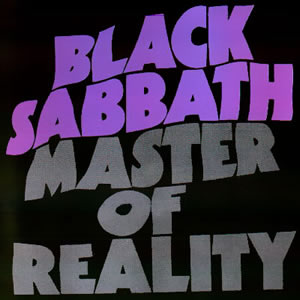Top 9 Rock Festivals
This week Classic Rock Review joins the celebration of the 45th Anniversary of the historic 1969 Woodstock Music Festival. In conjunction with Top 9 Lists, we present a list of the Top 9 […]

This week Classic Rock Review joins the celebration of the 45th Anniversary of the historic 1969 Woodstock Music Festival. In conjunction with Top 9 Lists, we present a list of the Top 9 […]

Buy Black Sabbath Buy Paranoid Over the course of a year, Black Sabbath morphed from a pop blues band to a dark practitioner of occult music to a respectable hard rock band which […]

Buy Master of Reality Black Sabbath‘s third album, Master of Reality, sees the quartet building on the foundations of their two 1970 albums and exploring new fusions of heavy rock n roll. Some […]